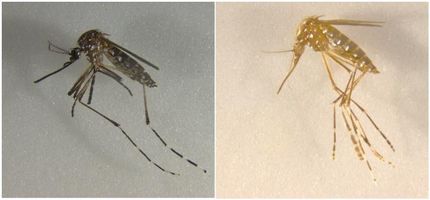Controlling genes with light
Advertisement
Duke University researchers have devised a method to activate genes in any specific location or pattern in a lab dish with the flip of a light switch by crossing a bacterium’s viral defense system with a flower’s response to sunlight.
With the ability to use light to activate genes in specific locations, researchers can better study genes’ functions, create complex systems for growing tissue, and perhaps eventually realize science-fiction-like healing technologies. The study was led by Charles Gersbach, assistant professor of biomedical engineering at Duke University.
“This technology should allow a scientist to pick any gene on any chromosome and turn it on or off with light, which has the potential to transform what can be done with genetic engineering” said Lauren Polstein, a Duke PhD student and lead author on the work. “The advantage of doing this with light is we can quickly and easily control when the gene gets turned on or off and the level to which it is activated by varying the light’s intensity. We can also target where the gene gets turned on by shining the light in specific patterns, for example by passing the light through a stencil.”
The new technique targets specific genes using an emerging genetic engineering system called CRISPR/Cas9. Discovered as the system bacteria use to identify viral invaders and slice up their DNA, the system was co-opted by researchers to precisely target specific genetic sequences. The Duke scientists then turned to another branch of the evolutionary tree to make the system light-activated.
In many plants, two proteins lock together in the presence of light, allowing plants to sense the length of day which determines biological functions like flowering. By attaching the CRISPR/Cas9 system to one of these proteins and gene-activating proteins to the other, the team was able to turn several different genes on or off just by shining blue light on the cells.
“The light-sensitive interacting proteins exist independently in plants,” explained Gersbach. “What we’ve done is attached the CRISPR and the activator to each of them. This builds on similar systems developed by us and others, but because we’re now using CRISPR to target particular genes, it’s easier, faster and cheaper than other technologies.”
Gersbach envisions a wide range of potential applications for the new light-activated, gene-regulating system.























































